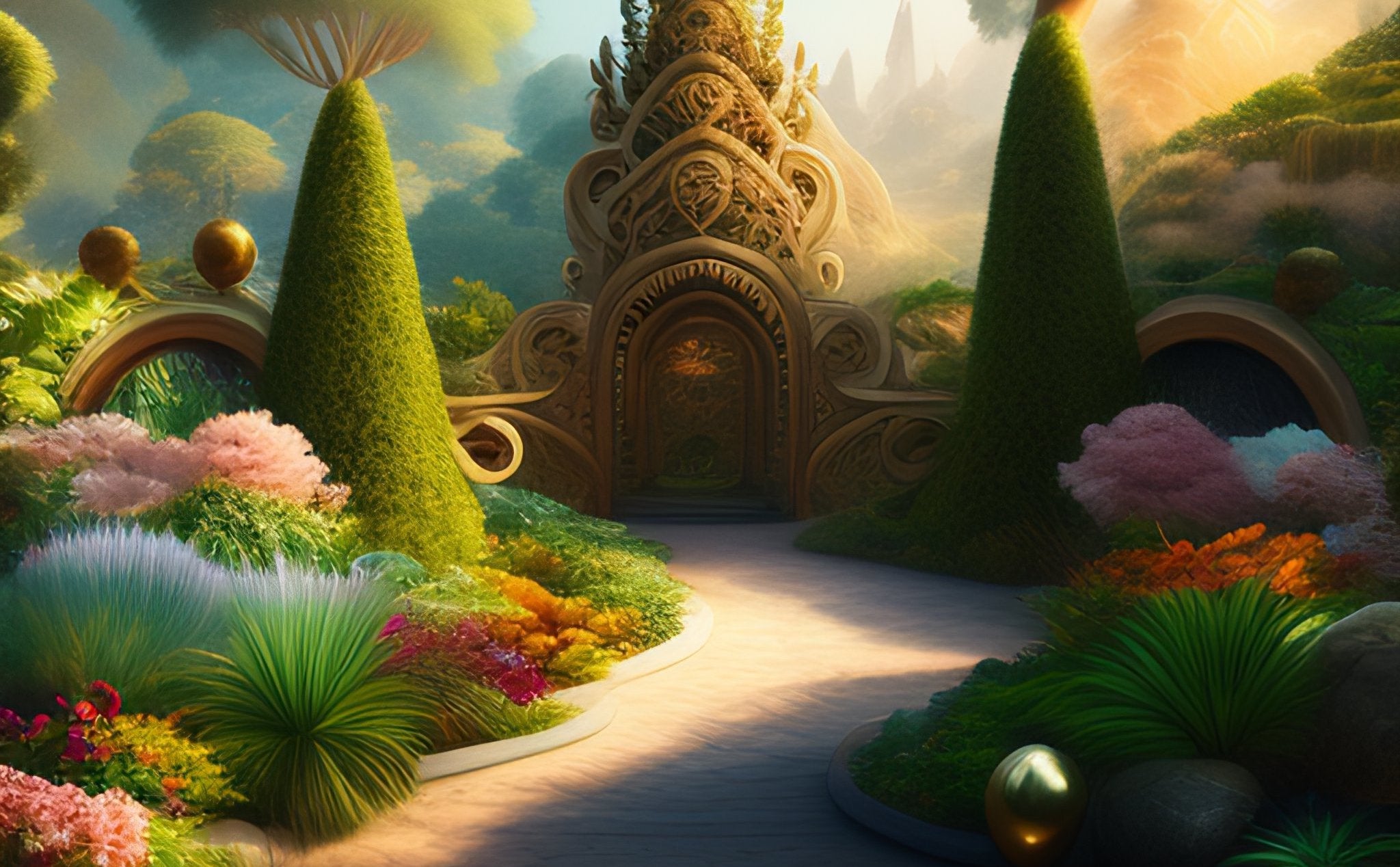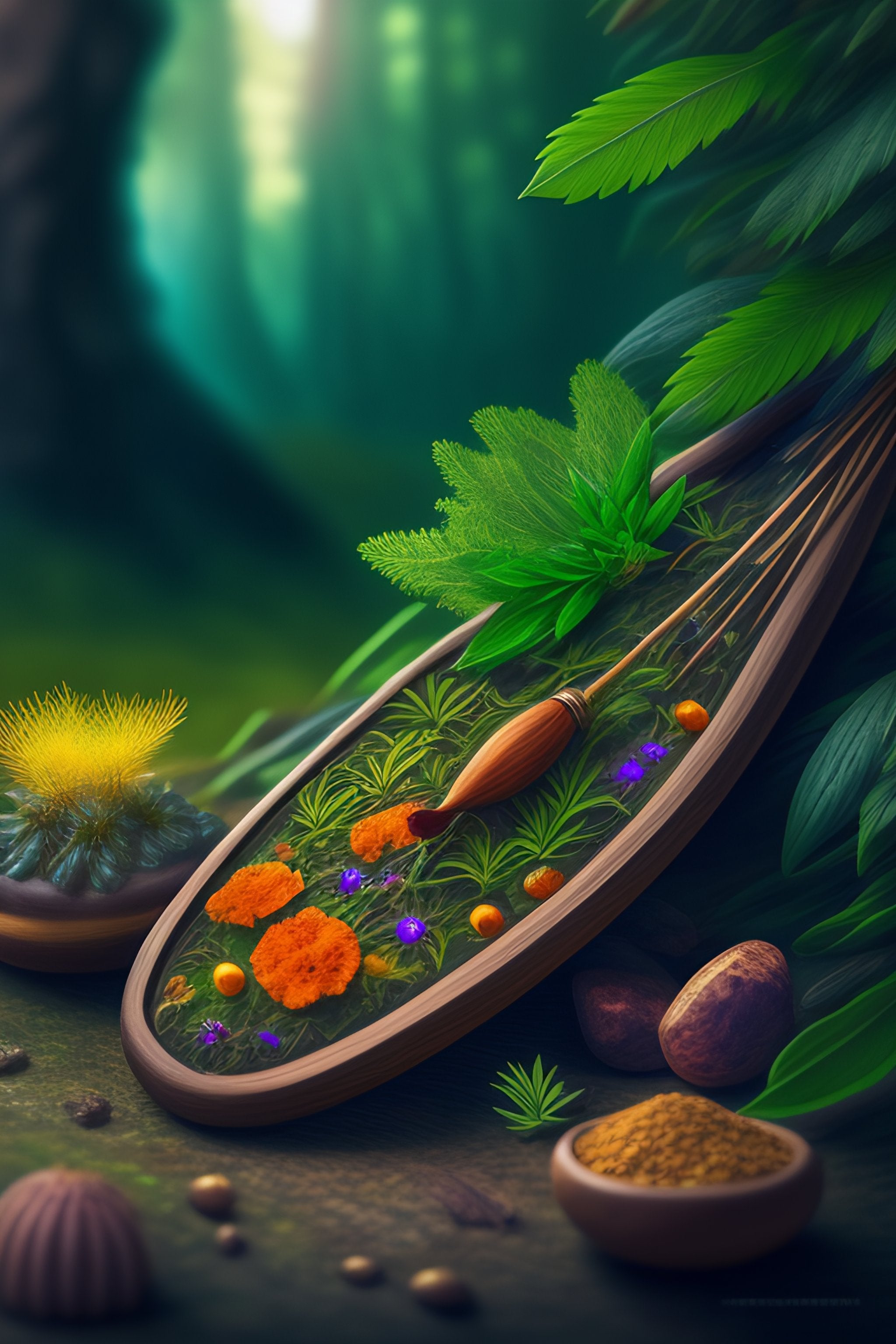
SolarPunk Ranch
A FOOD FOREST IN A FOOD DESERT
SolarPunk Ranch
Dashatron Enterprises HQ is located on 9000 sq ft of lawn desert, in a food desert in Tulsa.
It’s a harsh climate with extreme weather swings, strong sun and high winds. Bee colonies in the area are struggling due to a shortage of food. And let’s not forget our own concerns about rising food prices and supply chain threats.
The perfect canvas for something beautiful.
Our Vision
Take every square foot of lawn and turn it into a thriving, diverse ecosystem that nurtures the humans, animals, insects, fungi, microbes, and plants who spend time there. A multi-tier planting of trees, shrubs, and herbaceous layers expands biomass vertically, from a barren two dimensional plane to three dimensional carbon-capturing “high rises” that also serve for water retention, creating a milder microclimate that reduces use of gas and electricity for heating and cooling, and of course, providing a habitat for diverse species.
We’re implementing permaculture design principles to mimic the regenerative systems in natural ecosystems. Kitchen scraps don’t go to landfills - they feed the chickens, and chickens feed the soil with rich fertilizer. They also help with pest control and of course, provide eggs. The garden and forest provides food for the bees and pollinators, who provide honey and in turn, pollinate our garden.
The diverse range of edible and medicinal plants, fruit trees and herbs, as well as a variety of pollinator-friendly flowers and shrubs support the local ecosystem, and allow us to be more self-sufficient and resilient in the face of supply chain shortages.
The site will support businesses creating new solutions in the home-scale food production and conservation space, and we’ll get to showcase these innovations. Whether it’s growing food, harvesting honey, or water management.
All of this, in turn, will support creating rich and healthy soil, which is the single most important thing we can do to improve our global outlook for climate and future generations.
Metrics of Success
Increase in new species visiting the land
In year one, we saw monarch butterflies and an increase in bird species including cardinals and mockingbirds, in the second year we saw a further increase with black swallowtail butterflies, goldfinches, hummingbirds, and even a woodpecker on our sunflowers.
Reduction in external inputs
The more of our herbs and materials we can grow, the less we have to source and the more we can reduce our carbon footprint. We would be able to grow most of the herbs we use in our blends right on site.

Join Us
We invite you to join us in this exciting and transformative project. Together, we can create a more sustainable, resilient, and abundant community. Thank you for your support!
